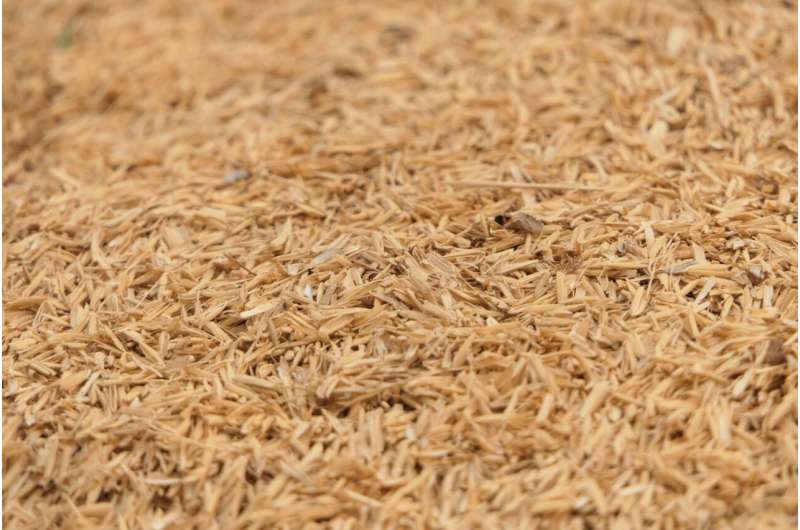Food production waste brans can be utilized as sources of protein and dietary fiber

Every year, the food industry generates substantial amounts of side streams, such as cereal brans. Instead of using them for food, they are primarily utilized as feed or in energy production.
"We are wasting high-quality protein and dietary fiber. Using brans in food production would improve resource sufficiency, and they would be viable for healthy diets," says Pia Silventoinen, who recently defended her doctoral thesis at the Faculty of Agriculture and Forestry, University of Helsinki.
However, the performance of plant-based ingredients, proteins in particular, is often poorer in food applications compared with their animal-derived counterparts. Silventoinen developed in her doctoral research project, carried out at VTT Technical Research Centre of Finland, techniques for producing protein-rich, nutritionally balanced and highly functional raw materials targeted for beverages and spoonable products from cereal side streams—wheat, rice and rye brans as well as barley endosperm fraction.
In her doctoral thesis, Silventoinen optimized sustainable and environmentally friendly dry separation techniques, including dry milling and air classification. They were used to produce protein- and dietary fiber-rich hybrid ingredients, functional properties of which exceeded those of the raw material side streams. Moreover, these properties could be further improved through enzymatic and ultrasound treatment.
"Enzyme-treated protein-rich rice bran fraction could be used as a raw material, for example, in spoonable food products which deliver protein to consumers. It also contains so high amount of dietary fiber that a nutritional claim 'source of fiber' could be displayed on the packaging. Similarly, ultrasound-treated barley protein ingredients could be applied in the production of plant-based milk substitutes," Silventoinen envisions.
More information: Silventoinen Pia. Dry fractionation and functionalisation of cereal side streams for their improved food applicability. University of Helsinki, Faculty of Agriculture and Forestry, doctoral dissertation 2021. ISBN 978-951-51-7113-9 (paperback), ISBN 978-951-51-7114-6
Provided by University of Helsinki

















